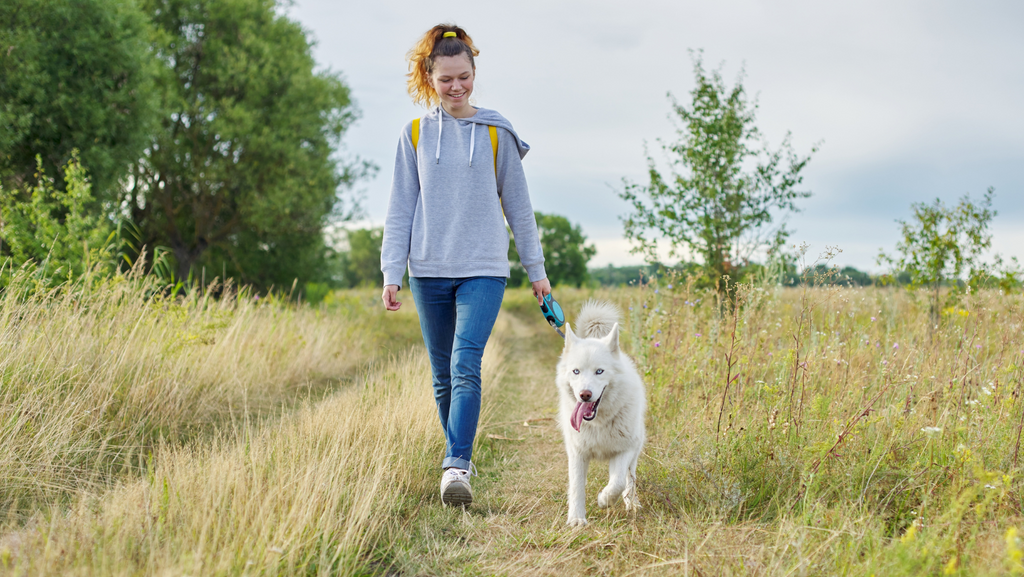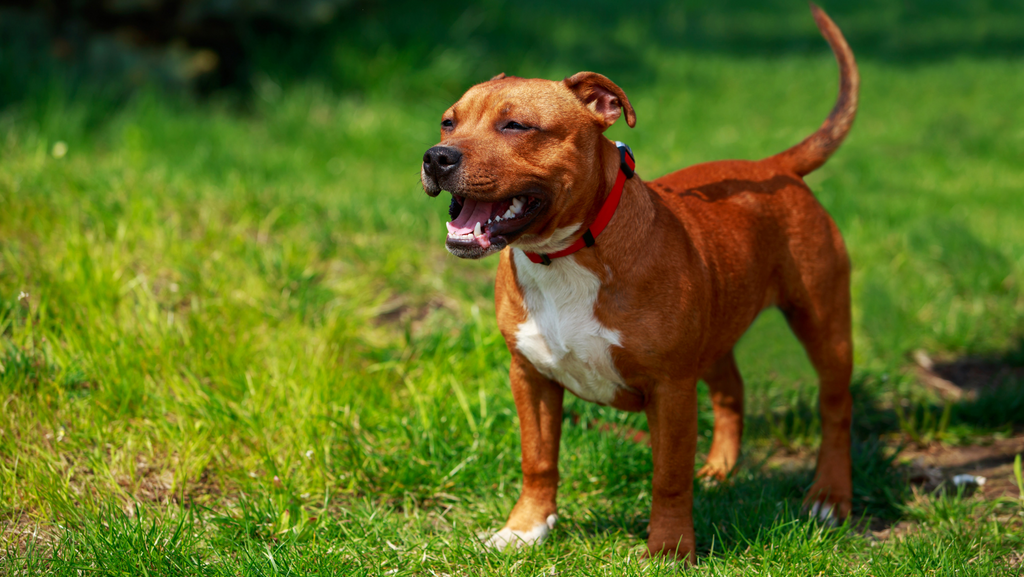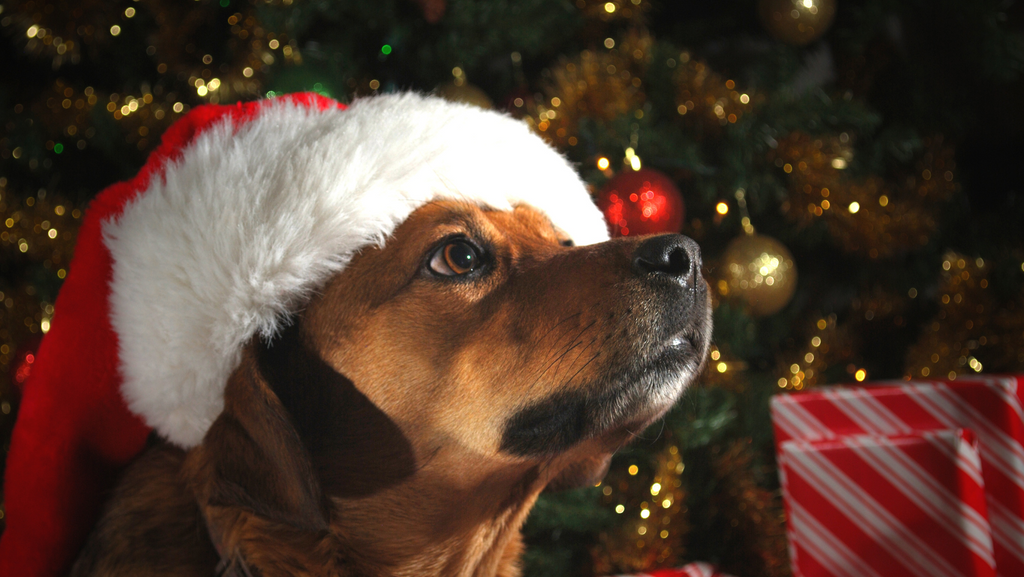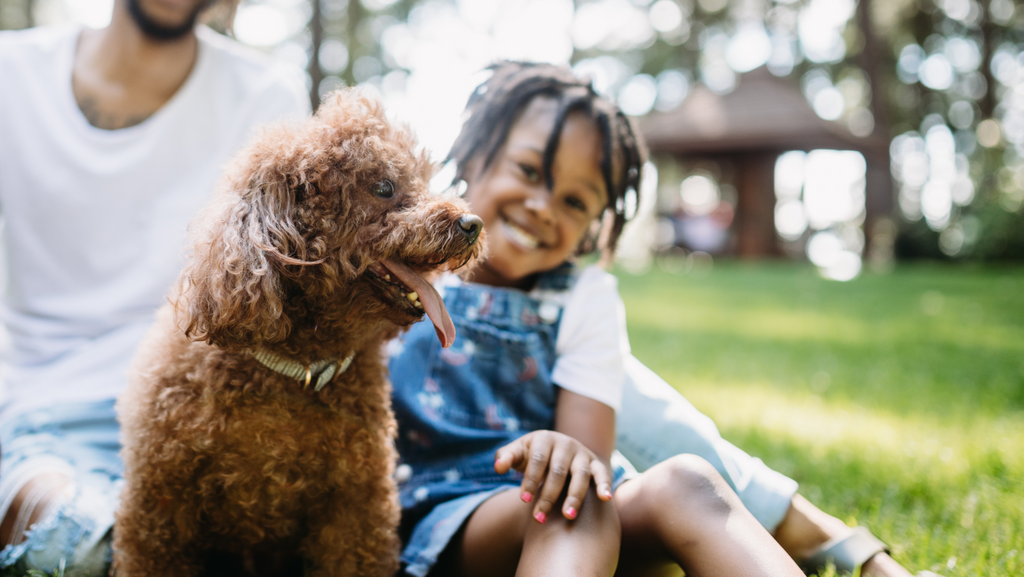How to Guide: Dog Grooming at Home

Grooming is an essential element of caring for your dog—providing regular bathing and grooming with high quality dog grooming products will keep your dog clean and healthy, while keeping your home fur-free too!
If you’d rather avoid the cost of using a professional groomer, this guide gives you all the information you need to self-manage your dog grooming at home.
Dog grooming basics
Grooming your dog is a great way to show your dog you care about them and to check their general health and wellbeing. With a little research, patience and practice, taking care of dog grooming at home is relatively simple.
While different dog breeds have different coats and grooming requirements, most dog grooming routines will include:
- brushing
- bathing
- spot cleaning of eyes, ears and paws
- nail clipping
- teeth brushing, and
- hair trimming (if needed).
Some dogs will need more grooming and maintenance than others. It shouldn’t take too long to get a feel for how much up-keep your dog needs.
Introducing your dog to grooming
Dogs are generally accepting of most things provided it’s introduced in a positive way. While most dogs will need a little encouragement and reassurance when first introducing grooming, it shouldn’t take long for them to become comfortable and relaxed with the routine if you gradually acquaint them with each activity and provide lots of positive reinforcement.
To ensure the experience is a positive one for your dog, here are some valuable tips:
- Regular handling: Lots of handling will help your dog become used to the actions involved with grooming. Pat and stroke their ears, face and body including the chest area, shoulders, back and sides as much as you can. Once your dog is comfortable with this, move onto the legs, gently lifting each paw and running your fingers over their nails and footpads.
- Always use a positive tone of voice: Talk to your dog in a happy and positive tone to help them stay calm and relaxed.
- Familiarise them with the equipment you’ll use: Allow your dog to sniff, lick and inspect the equipment you’ll use so they become familiar with it. It’s also good to let them sit in the bath without any water so they can become used to the space.
- Help them expend some energy: A calm dog will be more cooperative, so it’s a good idea to take your dog for a walk a short while before a grooming session so they can expend some of that extra energy.
- Use a non-slip bath mat: This will make it easier for your dog to stand in the tub.
- Provide praise and reward: Continually provide lots of praise and healthy dog treats throughout the process as a reward for remaining calm and tolerant. You should also always finish grooming sessions by offering your dog a treat to reinforce positive associations.
-
Respond to your dog’s demeanour: If your dog is getting stressed or upset, it’s best to stop and try again another time when they’re calm and happy.
Brushing your dog
Every dog (even short-haired dogs) will need to be brushed or combed to keep their fur in good condition. Brushing helps to remove dirt and debris, prevent tangles, protect their skin from irritants and spread the natural oils contained in their coat.
How often you need to brush your pooch will largely depend on their breed. Most short-haired breeds (like greyhounds, labs, boxers or chihuahuas) are generally fine to be brushed once every couple of weeks, or more frequently if the hair is dense. Dogs with longer coats (like border collies, golden retrievers or terriers) will need brushing once or twice per week to prevent tangling and matting.
Regular brushing is particularly important for long-haired dogs, as matted hair can trap grime and irritants in the fur which can lead to skin infections.
How to brush your dog’s fur
For short-haired breeds, start with a rubber brush to remove scale and dirt, then follow with a bristle brush to remove any hair fall. Short-haired breeds with a dense coat will also need their tail combed.
For long-haired breeds, use a slicker brush to remove any dirt and debris, then follow with a bristle brush to untangle the hair, remove any hair fall and prevent matting. Finish by combing the hair on their tail and around their feet.
Brushing is also a good time to check for fleas and flea dirt.
Bathing your dog
Bathing your dog is an important part of the grooming process as it helps to remove dirt, grime, grease, scale and loose hair from their coat, keeping it shiny and healthy. Regular bathing will also eliminate any unpleasant odours from your dog’s coat and can also be helpful in managing a range of skin conditions.
How often do dogs need to be bathed?
There are a range of opinions about how often dogs need to be bathed—while some groomers recommend bathing your dog every two weeks, others suggest dogs can go as long as three months between washes.
The best way to work out how often your dog needs to be bathed is through observation, bathing them as needed. Dogs that spend a considerable amount of time outside or suffer from skin conditions are likely to need more frequent bathing, while more sedentary dogs may be fine to go a little longer between baths.
Frequent washing will strip away the natural oils contained in your dog’s skin and coat, so if you think your dog needs to be bathed every couple of weeks, use a gentle shampoo to ensure their skin and coat doesn’t become dry.
Choosing a dog shampoo
When choosing a shampoo, look for a pH balanced formula which is specifically designed for dogs. Look for brands which are SLS and paraben free, have zero petrochemicals and don’t contain synthetic perfumes.
You should never use a human shampoo to wash your dog. Dogs’ skin has a different pH level to people, and human shampoo is likely to cause irritation.
How to bathe your dog

Whether it’s easier to bathe your dog in the bath or outside with a hose (on low flow) or a bucket, here’s a simple step by step guide of what to do:
- Brush: Give your dog a quick brush to remove any knots and debris (see above).
- Wet their fur: Using a cup or the hose, pour warm water over your dog’s fur starting from their neck and working down to their tail. Using a damp washcloth, gently wipe over their face, head and ears.
- Wash: Gently massage a dog-friendly shampoo through your dog’s fur, while avoiding their eyes, nose, mouth and insides of the ears. When trying products for the first time, apply a small test patch to check for any reactions or irritation before use.
- Rinse: Thoroughly rinse out the shampoo while massaging the fur with your fingers to help the water remove any shampoo trapped in the undercoat. After rinsing, repeat the previous step with a dog-friendly conditioner to add extra shine.
- Dry: Towel-dry your dog to remove excess water. Your dog may also want to shake off any excess water. You can generally leave your dog to dry naturally, but if you do need to use a hair dryer, use a cool setting and try not to place it too close to your dog—the excessive blowing is likely to scare them and it can also be too hot on their skin.
- Reward: Finish bath time with a treat and some play time to help your dog form a positive association.
How to clean sensitive areas
Some sensitive areas will require some special attention to keep them clean and healthy.
Eyes
To keep your dog’s eyes clean, wet a washcloth and gently wipe over the eye area to remove any dirt.
Grooming is also a good time to check your dog’s eye health. Your dog’s eyes should appear clear and bright without any discharge. If you notice that their eyes are cloudy or red, have a red-brown discharge or your dog is frequently squinting, it’s worth paying a visit to your vet to check for any problems.
Ears
You can clean your dog’s ears with a cotton ball and some pet ear cleaning solution (available from most pet suppliers).
Lift the ear flap and pour the recommended amount of the cleaning solution into the ear canal. Gently massage the area to encourage the solution through the ear canal, and don’t worry if your dog shakes its head as this will help to dislodge any wax or debris. Next, use the cotton ball to gently wipe the inside of the ear flap clean.
While cleaning your dog’s ears, look out for any signs of infection such as:
- an unpleasant odour
- gunk or discharge
- redness or inflammation
- excessive moisture
- irritability when you touch their ears.
Paws
Before cleaning your dog’s paws, do a quick once-over to check for cuts or wounds and to remove any debris. If your pooch has extra hair growing between their foot pads, carefully give it a trim with some scissors.
You can clean your dog’s paws while bathing them, but if you want to do an extra spot clean you can gently wipe them down with water or a damp washcloth. For a more intensive clean, gently massage their paws with a dog-friendly shampoo, rinse and dry with a towel.
Nails
Most dogs’ nails will file down naturally with daily walking, however, if your dog’s nails are making a clicking sound when they walk, they need a trim.
Starting with their front paws, lift and hold the paw firmly and trim the end of each nail using a pair of pet nail clippers. Only trim off a small amount to ensure you don’t cut the quick (which contains nerves and blood vessels).
Teeth brushing
It’s important to regularly brush your dog’s teeth to prevent the build-up of plaque and tartar which can lead to a range of dental and oral health issues.
Using a dog-specific toothbrush or your finger, apply a small amount of dog-friendly toothpaste and gently rub your dog’s front teeth in a circular motion. As your dog becomes comfortable with this, you can start to work your way further into the back of the mouth and increase brushing time.
For more tips on dog dental care and how to introduce teeth brushing into your grooming routine, read our complete guide to dog dental care.

With a little practice, you should be able to manage your dog grooming entirely at home without any assistance. If you want to give dog grooming at home a go, we stock a range of quality natural dog grooming products and equipment that your pooch will love.





